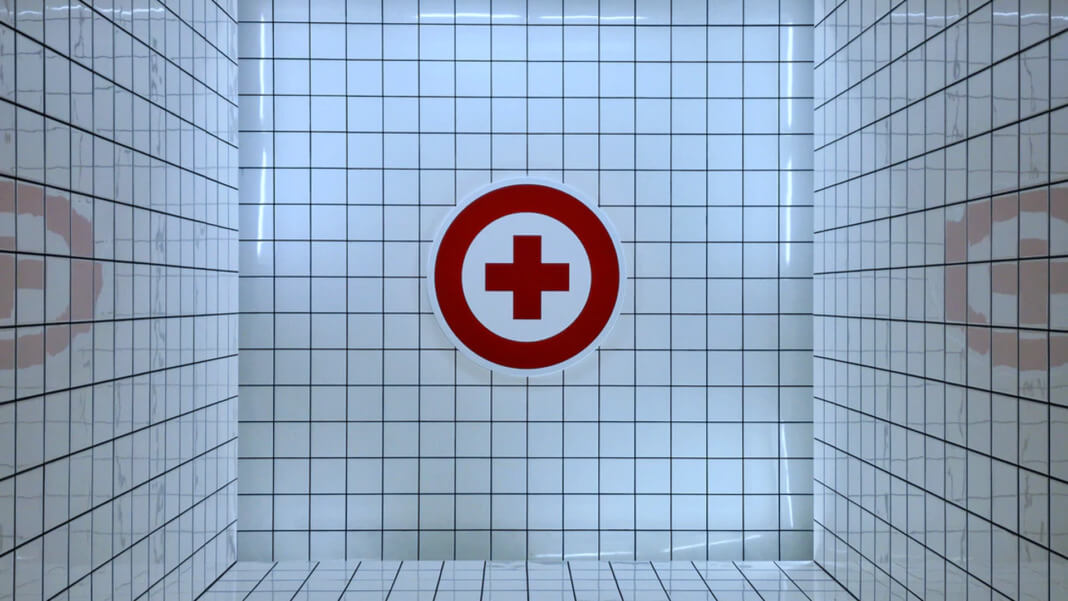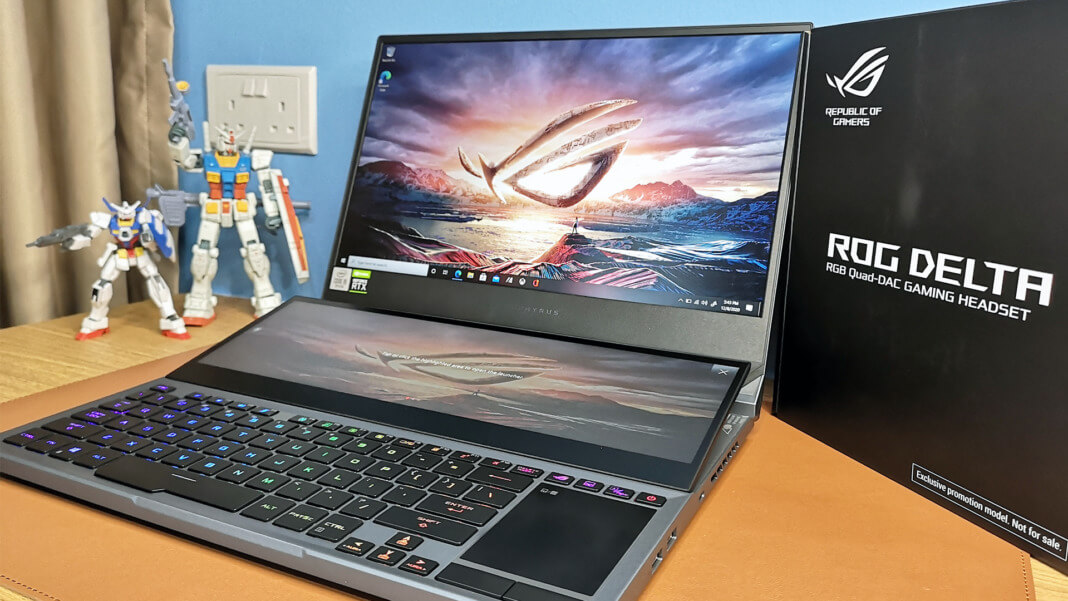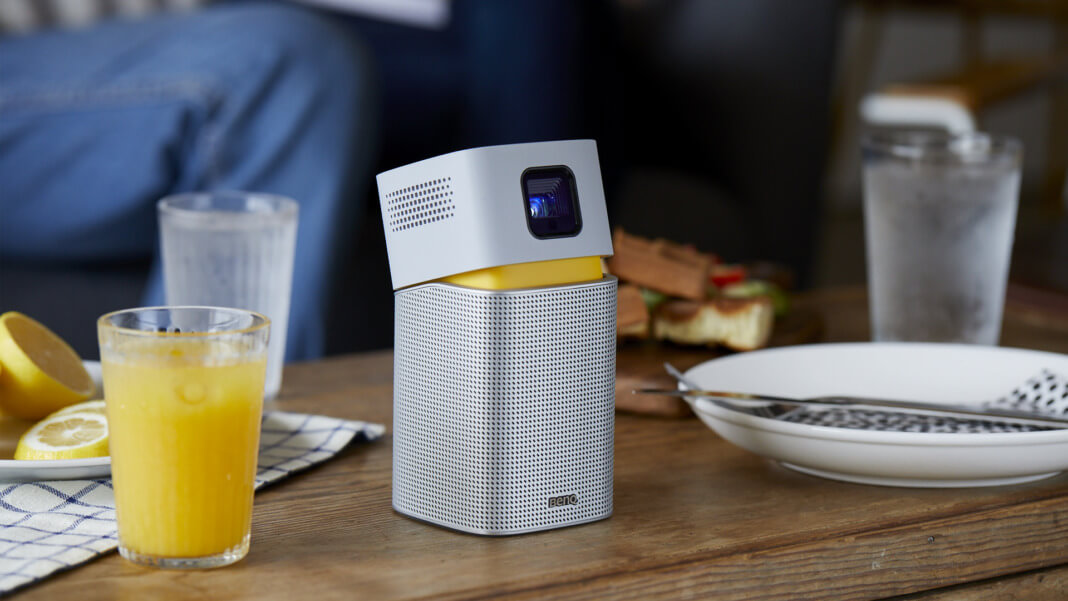Technology is advancing at an accelerating rate. With every progressing leap, the gap between man and machine gets narrower with increased sophistication in artificial intelligence (AI), reality and wearable technologies, as well as behavioural shifts towards health empowerment.
AI applications in telehealth and cancer diagnosis
The benefits in efficiency, speed, as well as the cost-saving potential that AI brings, is undeniable, especially in time-sensitive and high-risk industries like healthcare. Pertinent to the current pandemic, social-distancing has weaved its way into our lives and reshaped many aspects in our activities of daily living. Measures to limit crowding in public places are now the norm, and the resultant increase in waiting-time is not ideal for people seeking medical help in healthcare institutions. Fortunately, with the help of AI, the adoption of virtual care-delivery in telehealth/telemedicine may be the answer to bridging this gap.
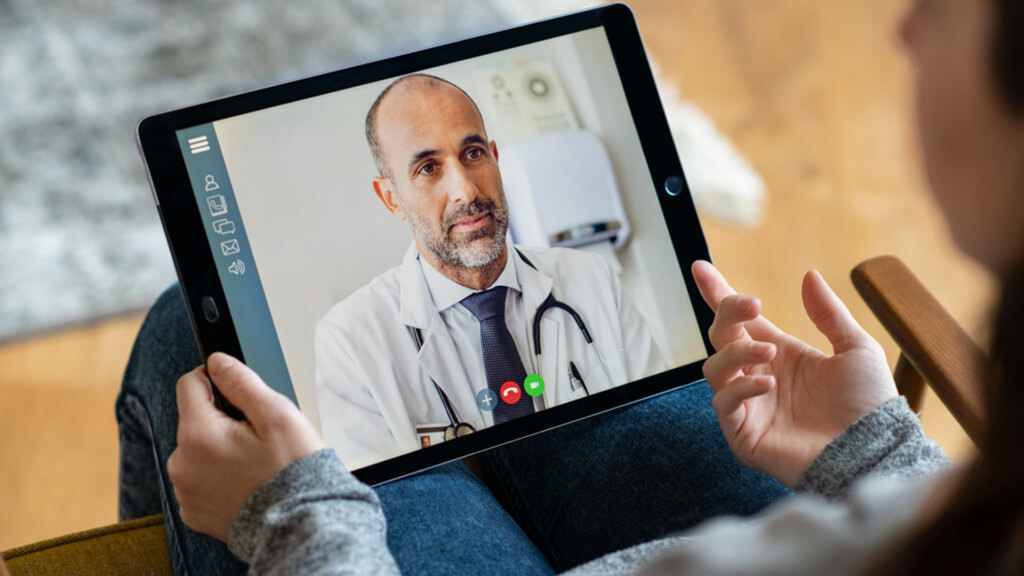
Telehealth refers to the “utilization of electronic data and broadcast communications technologies to help and support long-distance clinical medicinal services, patient and expert health-related education, public health and healthcare organization”. Taking the pandemic into context, telehealth services like Lemonaid Health enables individuals to seek remote consultation over their medical concerns without them having to contend with waiting times and risk exposure to infection. Whenever a user needs medical consultation, the Lemonaid Health app would put forth a series of questions about medical history, bio-data and symptoms. The app then utilizes machine learning to analyze the data provided by the users to assist the app’s medical professionals in assessing and putting forth prescription recommendations.
Apart from remote consultation, one of the main applications in which AI can make a considerable impact is in cancer diagnoses. Breast cancer is the leading cause of cancer-related death among women in Singapore. In evaluating whether an individual has breast cancer, biopsies would need to be conducted if doctors are concerned by the assessment of the individual’s mammogram. However, 20% of biopsies performed can be avoidable. With the help of AI, researchers in the US have developed an AI program which can analyze and interpret diagnostic data 30 times quicker than a doctor with 99% precision, hence reducing the need for such invasive procedures.
Using reality technologies to plan, train and administer
The growth trajectory of the reality technologies field – which include Virtual- (VR), Augmented- (AR), and Mixed-Reality (MR) – has been exponential and pervasive across various industries. In the commercial world, it has revolutionized sports broadcasting, enhanced the retail shopping experience, and recently, it has entered the mainstream market via the wildly popular mobile AR game Pokémon Go.
Within the healthcare industry, reality technologies have had a role in enhancing various aspects of the medical field – these include better visualization of medical imaging data, low patient-risk training, and facilitating the administration of medical interventions/therapy to name a few.
Although the current technology in the medical imaging field can provide 3D imaging of tumours, AR can enhance how these images are visualized during pre-operative planning of surgeries which places a high degree of importance to accuracy in navigating the surrounding complex structures within the body’s internal cavity. The team over at Echopixel has designed an XR software – True 3D – that enables surgeons to interact with a patient’s anatomy by superimposing their diagnostic data over an open-3D viewing platform. The tool allows surgeons to manipulate the 3D visual as they would in surgery, which can then facilitate decision-making over the surgery’s approach and ultimately, better outcomes for the patient.
When the lives and safety of patients are in the hands of healthcare workers, there is little margin of error as mistakes can lead to fatal outcomes. In the nursing profession, a large part of nurses’ roles involves administering and performing clinical skills on patients, with mandatory clinical attachments being part of the process for a nurse to obtain their registered license. According to research, one of the factors influencing nurses’ confidence level in administering clinical skills is the frequency of performing the said skill.
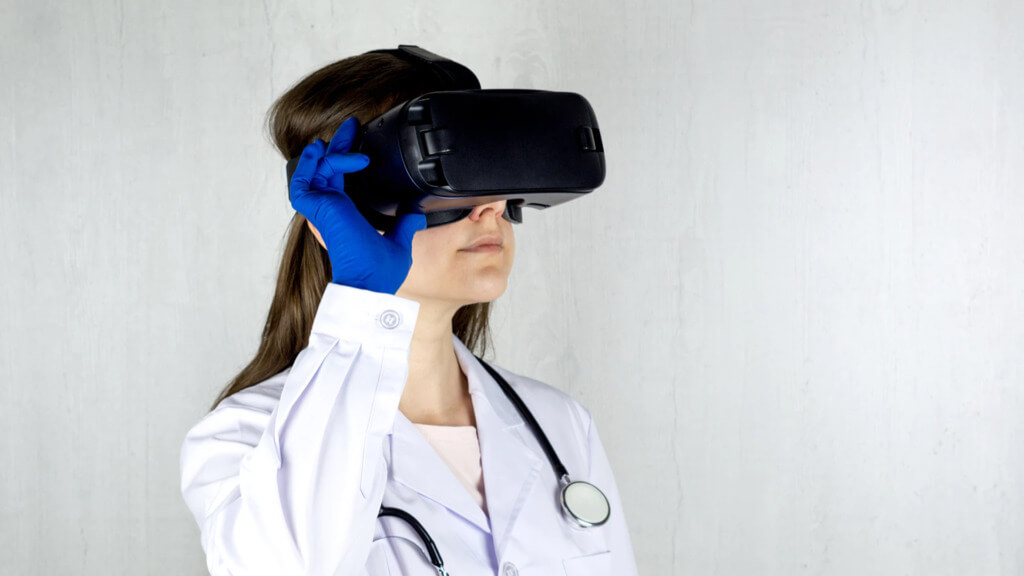
Companies like imaginary recognize the importance of training in the healthcare field and have used VR technology incorporated with gamification to create training simulations of clinical procedures to be practised in a safe environment and without patient-risk. VR solutions like its Neonatal Resuscitation Training Game which was developed in collaboration with the Singapore General Hospital hold high potential in allowing trainees the opportunity to practice their skills to build confidence, which would translate to better patient care in the long run.
In recent years, the case for mental well-being and the support for it has increased worldwide due to higher incidences of suicide rates – according to WHO, suicide is the second-leading cause of death among 15 to 29-year-olds globally. Recognizing how a hyperconnected digital era has led to an attention-driven society, Dr Jamil El-Imad shared in a TEDx Talk that the demand for one’s time and attention can lead to the individual feeling overwhelmed, thus contributing the rise of stress, anxiety, and mental health conditions.
Citing mindfulness meditation as a possible solution to encourage mental well-being and mental resilience, Dr El-Imad and his colleagues worked on proposing an effective way to facilitate one’s concentration capabilities by introducing a gamified mind-gym called the Dream Machine. With a particular focus on helping individuals who live in nature-lacking environments, the Dream Machine uses VR technology and neuro-tech to record metrics from the observer’s brain and other biodata so that an optimal set of data can then be used to curate a virtual natural environment. This virtual environment can then be used by the observer to elicit the right bio-conditions that facilitate mindful meditation.
Monitoring and keeping healthy with wearable technology
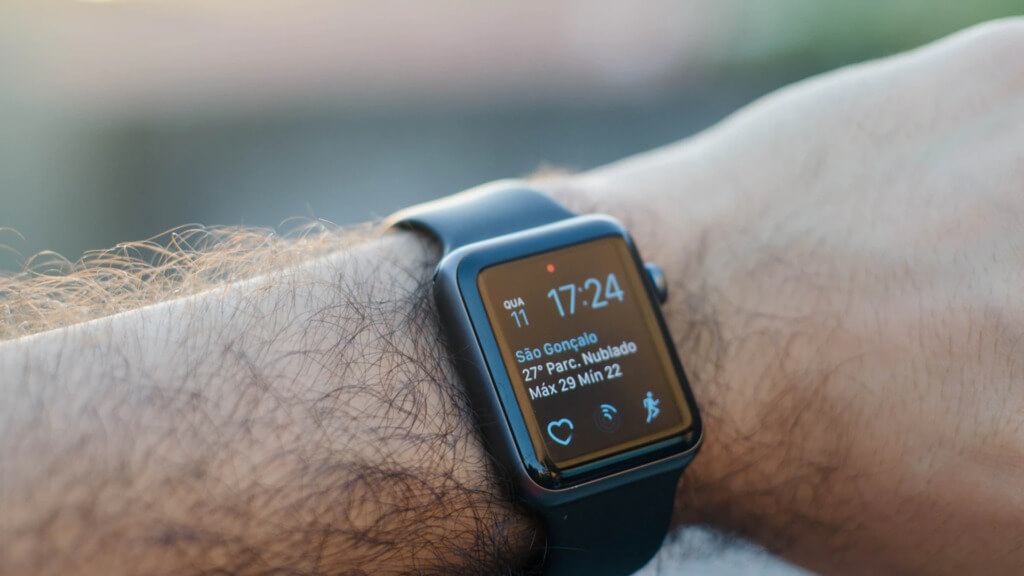
They say prevention is better than cure, and in recent years, the trend of wearable technology has gained considerable traction with a market prediction worth US$29 billion by 2022.
The popularity and low-cost factor of activity trackers such as Fitbit have encouraged higher-end fitness smartwatch brands – e.g. Suunto, Garmin, Polar – to introduce mid-range smartwatches that include basic step-counter functionalities, sleep-monitoring along with high-function metrics like heart-rate monitoring and GPS tracking.
The availability of mid-range smartwatches that boasts high-function metrics at a competitive price, along with changing consumer habits geared towards self-monitoring their own health has resulted in lower demand for entry-level activity trackers – unit sales of activity trackers in 2017 were down 23% from the previous year.
Despite the waning sales, insurers and companies have caught on to the benefits of wearable technology in encouraging the adoption of a healthier lifestyle amongst their clients and employees. This is a potential market that low-cost activity trackers can leverage on especially via the increased adoption of gamified solutions among insurance service providers that allow clients to earn rewards by meeting activity goals.

Apart from maintaining fitness, activity trackers and smartwatches can also be helpful within the healthcare sphere as doctors of patients who utilize wearable technology could potentially have time-saving efforts of up to 15 hours per week and also assist in disease-related findings.
More sophisticated products that are clinically validated – like the Move ECG – have also entered the market with capabilities to detect irregular heart rhythms (atrial fibrillation) and alert the user to seek medical attention. This has obvious benefits for individuals who are concerned about heart health as atrial fibrillation may run the risk of blood clots developing within the heart chambers and eventually travelling to other organs which could block the circulation of blood flow. At the point of writing, although Move ECG’s FAQ page states that the product is still pending FDA approval for entry into the US market, it is an exciting development to follow.
With an ageing population being a concern in many countries paired with the strain on healthcare resources and staffing, products that can help reduce frequent monitoring of at-risk patients can be a game-changer in enhancing the workflow of clinical staff. One such product is the self-adhesive Philips’ Wearable Biosensor, which can track and collect basic metrics of patients even while mobile. Research on the product’s use has shown optimistic results as it registered 89% fewer occurrences of patients declining into preventable cardiac or respiratory distress, thus exemplifying its potential in improving patient’s outcome and alleviating staff workload.
Given the potential for wearable technology to improve with further advancement, the demand for wearables would generally grow, and this is supported by research showing that 75% of users concur that using wearable technology facilitates their self-engagement over their own health.
Bolstering patient empowerment
Changing behaviours towards self-ownership of health not only influence how wearables are utilized but at a macro level, it is part of a larger cultural shift to individual empowerment brought about by technology. In WHO’s 1998 Health Promotion Glossary, empowerment in health promotion refers to a “process through which people gain greater control over decisions and actions affecting their health.”
Although patient empowerment is not a novel term, it has been bolstered by the easy access and vast amount of information online. Research conducted in middle-income countries has found significant rates of respondents noting that doctors do not spend enough time with them, do not understandably explain things, and do not review their medications or talk about its potential side-effects.
Given that the internet has shaped how information is shared, stored, and accessed on the digital space, reliable medical information is readily available online to the discerning individual. This inevitably paved the way for patients to not only retrieve their own digital data but also empower them to access other relevant information they need such as alternative interventions, and social-support from other individuals afflicted with the same medical conditions.
This demand and increased expectation for a higher quality of patient-centric care from medical professionals result in an evolution of patient-doctor interaction away from the traditional doctor-knows-best approach towards a more partnership-based relationship. With health being a fundamental human-right, the compelling advancements brought forth by technology-driven disruption makes it necessary for elevating the healthcare industry’s capabilities to meet these demands.
